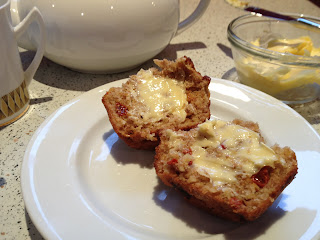The man of the house cooked the main course of lamb, salmon, asparagus hollandaise and salads, and for dessert I made Pavlova and Baked Chocolate Cheesecake served with strawberries, cream and icing sugar.
 This is the recipe for the Baked Chocolate Cheesecake:
This is the recipe for the Baked Chocolate Cheesecake:Base
250g plain sweet biscuits
70g butter, melted
50g dark chocolate, melted

Base Method:
Crush biscuits to a fine crumb and mix in the chocolate and butter.

Press firmly into a well-greased loose bottom tin. Press up the sides of the tin. Chill.
Preheat the oven to 150deg. C
Filling
150g dark chocolate, melted
500g cream cheese
3/4 cups caster sugar
2 eggs
2 teaspoons cocoa
1 teaspoons vanilla
250g sour cream
 Filling Method:
Filling Method:In the mixer or bowl beat the cream cheese and sugar. Add the chocolate and continue to beat to combine. Add eggs, then cocoa, vanilla and sour cream.
Pour into the shell and bake for 1 1/4 hours. Turn the oven off and leave the door slight open until the cheesecake is cold.
Chill until ready to serve.
Put the cheesecake tin on top of a small bowl and pull the sleeve of the tin down to release the cake. Now slide a spatula under the metal base and slip the cheese cake onto its serving plate.
If you can't face the idea of taking it off the base, just put the whole thing onto the plate.
Everyone will be so busy eating you wonderful dessert that they wont notice the base.
This was a great way to top off a lovely evening spent with friends.













































